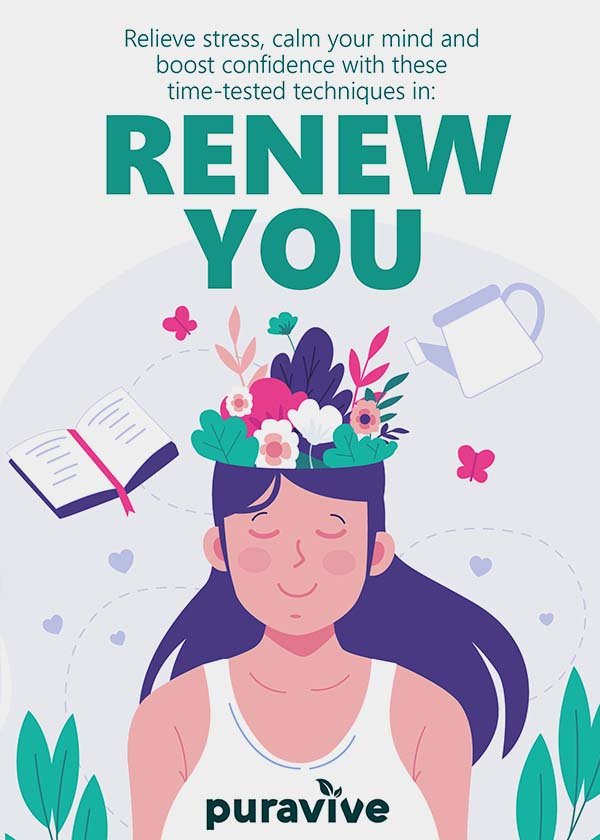6 Types of Eating Disorders: Symptoms and More
Eating disorders are complex mental health conditions that affect both physical and emotional well-being. While distinct symptoms vary across different types of disorders, they all share a common thread of focusing on issues related to food, eating, and weight. In this article, we will explore six common eating disorders, their symptoms, and more.
Anorexia
Anorexia, also known as Anorexia Nervosa, is a restrictive eating disorder characterized by severe calorie restrictions, intense fear of gaining weight, and a distorted body image. People with anorexia may avoid certain types of foods and engage in excessive exercise to counteract the effects of food consumed.
Subtypes of Anorexia
Anorexia is further categorized into two subtypes: the restricting type and the binge eating and purging type. Individuals with the restricting type may lose weight solely through dieting, fasting, or excessive exercise.
Symptoms of Anorexia
Common symptoms of anorexia include:
- Severely restricted calorie intake
- Intense fear of gaining weight
- Distorted body image
- Engaging in excessive exercise
- Possibly experiencing obsessive-compulsive symptoms (OCs)
- Over time, experiencing various physical complications, such as brittle hair and nails, thinning bones, and infertility. In severe cases, anorexia can lead to heart, brain, or multi-organ failure and even death.
Bulimia
Bulimia, also known as Bulimia Nervosa, is a bingeing and purging eating disorder characterized by cycles of overeating and compensating for caloric intake. Symptoms include eating large amounts of food quickly, feeling a lack of control, and engaging in purging behaviors, such as vomiting, laxatives, or diuretics.
Symptoms of Bulimia
Common symptoms of bulimia include:
- Eating large amounts of food quickly
- Lack of control during eating episodes
- Engagement in purging behaviors, such as vomiting or taking laxatives
- Excessive exercise
- Possibly experiencing acid reflux, tooth decay, and dehydration.
- In severe cases, bulimia can lead to an imbalance in electrolyte levels, potentially causing a stroke or heart attack.
Binge Eating Disorder (BED)
Binge Eating Disorder (BED) is a type of disordered eating characterized by eating large amounts of food rapidly, often in secret, and accompanied by feelings of distress, such as shame, disgust, or guilt. People with BED may experience a lack of control during eating episodes and may restrict calorie intake overall.
Symptoms of BED
Common symptoms of BED include:
- Eating large amounts of food rapidly
- Feeling a lack of control during eating episodes
- Avoiding calories or using purging behaviors
- Frequently eating ultra-processed foods
Pica
Pica is a eating disorder characterized by eating non-food items, such as dirt, chalk, or other inedible substances. People with pica may have an associated condition that affects daily functioning.
Symptoms of Pica
Common symptoms of pica include:
- Eating non-food items, such as dirt or chalk
- Associating condition that affects daily functioning
Rumination Disorder
Rumination Disorder is a eating disorder characterized by regurgitating food chewed and swallowed, re-chewing it, and either re-swallowing or spitting it out. Children with rumination disorder often start experiencing symptoms between 3 to 12 months old.
Symptoms of Rumination Disorder
Common symptoms of rumination disorder include:
- Regurgitating food chewed and swallowed
- Re-chewing and re-swallowing, or spitting out the regurgitated food
- Possibly experiencing poor weight gain or malnutrition in infancy
Avoidant/Restrictive Food Intake Disorder (ARFID)
Avoidant/Restrictive Food Intake Disorder (ARFID) is a eating disorder characterized by limiting food intake due to fear or aversion to certain smells, tastes, textures, colors, or temperatures. People with ARFID may experience nutrient deficiencies, poor development, or dependence on supplements.
Symptoms of ARFID
Common symptoms of ARFID include:
- Limited intake of food due to fear or aversion to certain characteristics
- Avoidance or restriction of whole food groups
- Possibly experiencing severe weight loss, poor development, or reliance on supplements
Other Eating Disorders
In addition to the six major eating disorders, there are several others that may not fit neatly into recognized categories. These include:
- Purging Disorder: A disorder characterized by regular purging behaviors, such as vomiting, taking laxatives, or diuretics, to control weight or shape, without symptoms of binge eating.
- Night Eating Syndrome: A disorder characterized by consistently eating excessively at night, often after falling asleep.
- Other Specified Feeding or Eating Disorder (OSFED): A category for eating disorders that do not fit into recognized categories but may share similar symptoms.
Conclusion
Eating disorders are complex and multi-faceted conditions that can impact daily life. Understanding the different types, symptoms, and risk factors is the first step towards seeking help. If you or someone you know may be struggling with an eating disorder, don’t hesitate to reach out to a mental health professional for guidance and support.
Frequently Asked Questions
Q: What is the primary difference between anorexia and bulimia?
A: Anorexia is primarily characterized by restrictive eating habits, while bulimia involves bingeing and purging cycles.
Q: Can eating disorders be successfully treated?
A: Yes, with the right treatment and support, people can recover from eating disorders.
Q: Who is most at risk of developing an eating disorder?
A: Eating disorders can affect anyone, regardless of age, sex, or background. However, certain risk factors include family history, social media influence, and cultural pressure.
Q: How can I recognize symptoms of an eating disorder in myself or others?
A: Common symptoms may include restrictive eating habits, secret eating, or frequent vomiting, as well as physical changes like weight loss or hair loss. If concerned, consult a mental health professional.
Remember, seeking help is the first step towards recovery.
Recommended Products:
-
Sale!

MaryRuth Organics Multivitamin for Women | Womens Multivitamin Gummy | Vegan | USDA Organic | Immune Support Gummy Vitamins | Hair and Skin Vitamins for Women | Vitamin D3 | Selenium | 60 Count
Original price was: $34.44.$21.73Current price is: $21.73. Buy Now -
Sale!

NewRhythm Probiotics 120 Billion CFU 36 Strains, 3-in-1 Probiotics for Digestive Health & Immune Support with Prebiotics & Enzymes, Probioticos for Women & Men, Vegan Targeted Release Supplement, 30ct
Original price was: $27.00.$0.40Current price is: $0.40. Buy Now -
Sale!

MegaRed #1 Doctor Recommended Krill Oil Brand – 1000mg Omega 3 Supplement with EPA, DHA, Astaxanthin & Phospholipids, Supports Heart, Brain, Joint and Eye Health, No Fish Aftertaste 60 Softgels
Original price was: $34.06.$29.97Current price is: $29.97. Buy Now



